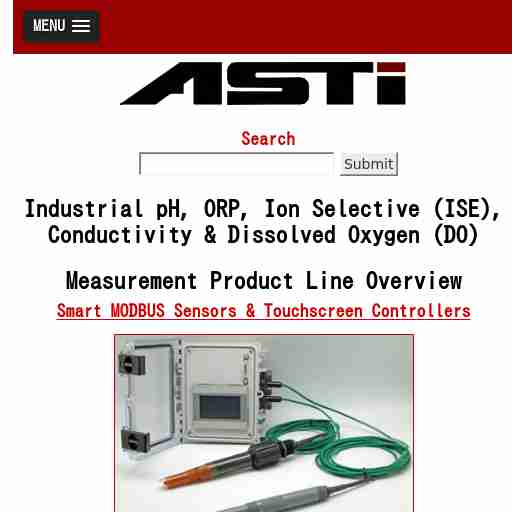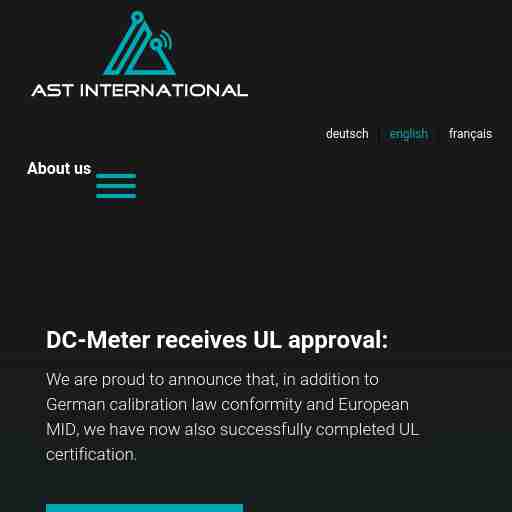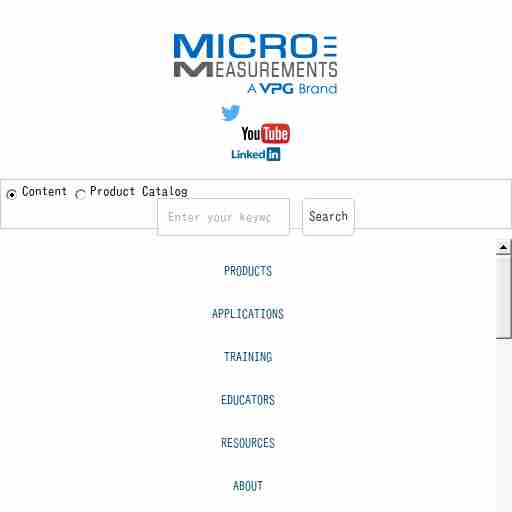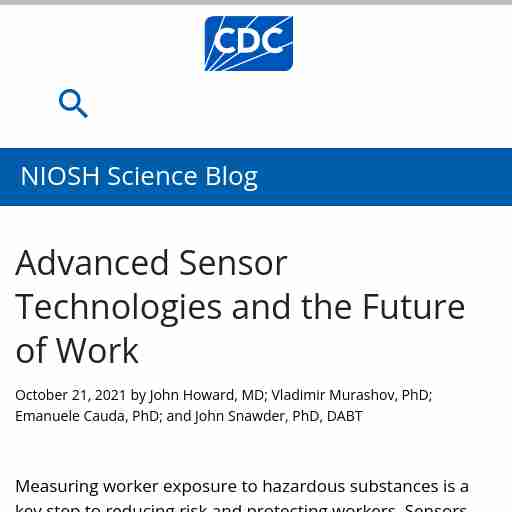
ASTI manufactures customized application oriented solid state long lasting pH, ORP and Ion Selective replacement sensors for difficult process and ... Industrial pH, ORP, Ion Selective (ISE), Conductivity & Dissolved Oxygen (DO) Measurement Product Line Overview Smart MODBUS Sensors & Touchscreen Controllers Smart Digital pH, ORP, Dissolved Oxygen (D.O.), Ion Selective (ISE) and Conductivity (EC) sensors for the Industrial Internet of Thing (IIoT) allowing for direct integration with customer PLC and SCADA for inline, immersion, submersible, sanitary & HOT-TAP valve retractable installations. Interface sensors directly via RS-485 MODBUS RTU or MODBUS TCP (Modbus over ethernet) with advanced menu-driven multi-channel touchscreen controllers with full remote access capabilities for HMI and remote download of logged data over FTP. Complete turn-key measurement systems include complete datalogging of all process values, calibrations & analytics with local relays for alarm & control to provide intelligent predictive maintenance with email notifications for trigger events. Optional configurations include explosion-proof ATEX approved EX rated controllers suitable for use in hazardous locations and severe service installations as well as plug and play portable battery powered handheld communicators for remote calibration & spot measurements. Industrial Ion Selective (ISE) Sensors Simple to use industrial ion selective measurement systems are supplied complete with smart digital ISE sensor and mating field instrumentation ready for immediate commissioning in the field. Only a periodic grab sample offset calibration is required in the field. No standard solutions are required at all for commissioning nor for ongoing maintenance. Full graphical remote access over ethernet capabilities allow for convenient remote offset calibration from the field lab or workshop where grab samples are often analyzed. Special model AB 6100 fluoride ion selective sensor configuration supports strong acid cleaning to remove fouling from calcium and silicate precipitates as well as for use in strong acid fluoride etching baths even at elevated temperatures. Novel materials of construction and membrane fabrication technologies allow for operation of these ion selective sensor in aggressive process conditions which are required for heavy industrial service applications.

AST International provides cutting-edge customized sensors and controls for the automotive and domestic appliance industries, as well as for industrial ... We are proud to announce that, in addition to German calibration law conformity and European MID, we have now also successfully completed UL certification. Your Career at AST International Shape the future of mobility and industry with us. We look forward to receiving your application! Developments with a view to the future Discover which megatrends we consider in our daily work. AST International is a technology company that designs and manufactures custom sensors and controls for energy infrastructure, industrial applications, and mobility. Our products are characterized by state-of-the-art sensor technologies, the highest quality, and reliability. Our patent portfolio, which we continuously develop, currently includes more than 50 patents and utility models. We are at home in our customers' markets and understand their needs. Discover our latest developments DC METERS (compliant with calibration law) Sensors for measuring cleaning liquids: fill level, temperature, and antifreeze Sensors for measuring concentrations in hydrogen and fuel cell systems AST International is a technological leader and an innovative development partner for sensors and controls. As an established company, we specialize in the development, industrialization, and production of customized solutions. Our product portfolio includes sensors and controls that use patented and patent-pending technologies developed within our company. Thanks to our professional project management and close coordination with our customers, the path from prototype to serial product is exceptionally short.

Micro-Measurements Advanced Sensors strain gages offer a tighter resistance tolerance, improved gage-to-gage repeatability, and better stability than standard ... RS-200 Mill - Residual Stress Analysis Advanced Sensors Technology with Cutting-Edge Refinement | Micro-Measurements Micro-Measurements®, a Vishay Precision Group, Inc. (VPG) brand, has launched a series of products built using its Advanced Sensors strain gage (gauge) technology. Addressing the growing demand for force and strain sensors needed to manufacture precision transducers and for stress analysis test and measurements, Micro-Measurements Advanced Sensors strain gages (gauges) offer a tighter resistance tolerance, improved gage-to-gage repeatability, and better stability than standard strain gages (gauges). At the same time, their advanced fabrication process helps to significantly reduce lead times. Key Advantages of Advanced Sensors Technology As the foundation of consistently reliable and precise transducers, Micro-Measurements Advanced Sensors strain gages (gauges) are built on a new manufacturing process using state-of-the-art equipment and tooling. This results in tighter tolerance products with shorter manufacturing lead times than conventional manufacturing techniques. Advanced Sensors Technology was shaped by decades of in-house expert knowledge, experience gained across our global portfolio of successful applications, and sustained attention to customer feedback. CONTACT OUR ADVANCED SENSORS EXPERTS Micro-Measurements Advanced Sensors Strain Gages Ensure: improved gage-to-gage repeatability better stability than standard strain gages (gauges) significantly reduced lead times
---

Oct 21, 2021 ... Newer sensor technologies have the potential to greatly accelerate advances in occupational exposure science. Skip directly to site contentSkip directly to page optionsSkip directly to A-Z link Advanced Sensor Technologies and the Future of Work Posted on October 21, 2021 by John Howard, MD; Vladimir Murashov, PhD; Emanuele Cauda, PhD; and John Snawder, PhD, DABT Measuring worker exposure to hazardous substances is a key step to reducing risk and protecting workers. Sensors used in the workplace provide exposure data to inform prevention measures. Newer sensor technologies have the potential to greatly accelerate advances in occupational exposure science. A new commentary, Advanced Sensor Technologies and the Future of Work, in the American Journal of Industrial Medicine discusses some of the benefits and challenges of advanced sensor technologies. Key points from the commentary are summarized below. Exposure measurement has come a long way. Beginning in the mid-1930s, occupational exposure science was based on a two-step strategy—collecting air samples from the work environment followed by laboratory analysis using standardized methods.[1] The advent of the personal sampler in 1960 demonstrated that area sampling can underestimate worker exposures.[2] Since then, personal sampling has become accepted practice in occupational hygiene.[1] Today, personal sampling is still dependent on subsequent laboratory analysis for actionable results resulting in a delay in implementing mitigation strategies.[3] The need to detect hazardous exposures in time to rapidly mitigate harmful effects led to the development of “direct reading” devices that can detect the presence of a chemical or physical hazard. The hazard interacts with the sensor either by a periodic or continuous process, and the analytical results are delivered in “real time,” or at the end of a shift, or can alarm at preset hazard levels so that the individual can then mitigate the exposure. [3,4] Examples of direct reading devices include the pocket radiation dosimeter patented in 1935 and the noise dosimeter first patented in the 1950s as well as modern devices such as field-portable, real-time sensor devices like gas and vapor monitors; real-time aerosol monitors; X-ray fluorescence detectors for metals; and immunochemical assay kits for methamphetamines, microorganisms, and other kinds of immunologically active contaminants. [3, 5-7] Newer direct-reading sensor devices are incorporating recent advances in electrochemical, optical or mechanical transducers, nanomaterials, electronics miniaturization, portability, batteries with high-power density, wireless communication, energy-efficient microprocessing, and display technology. [8-9]